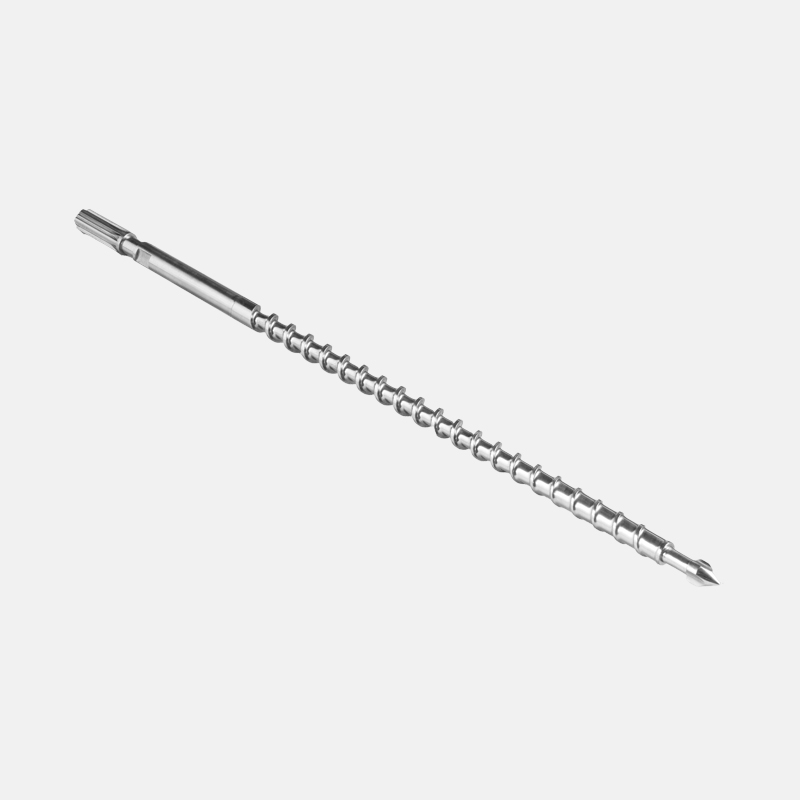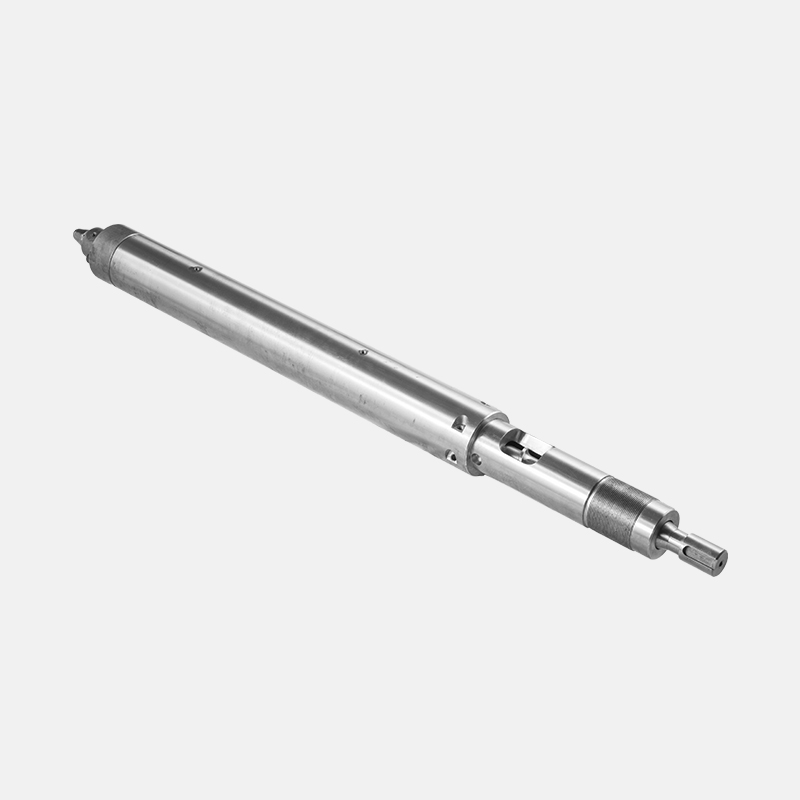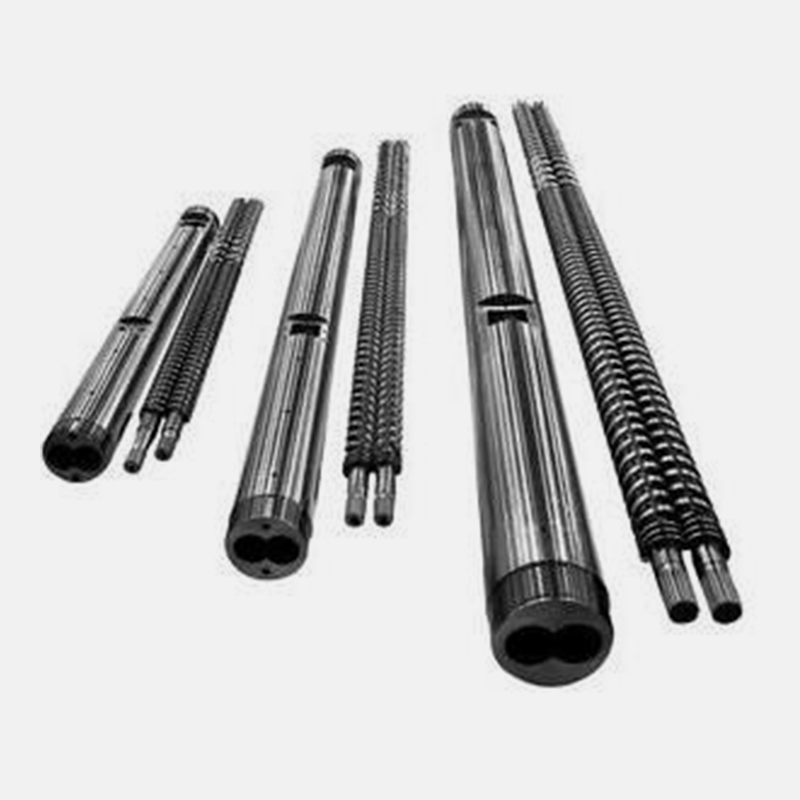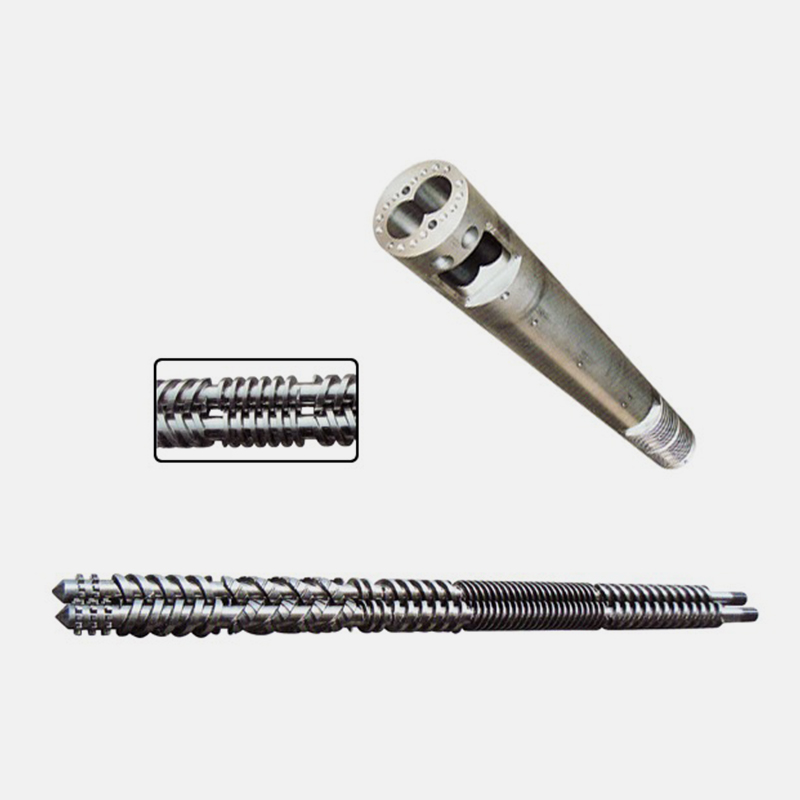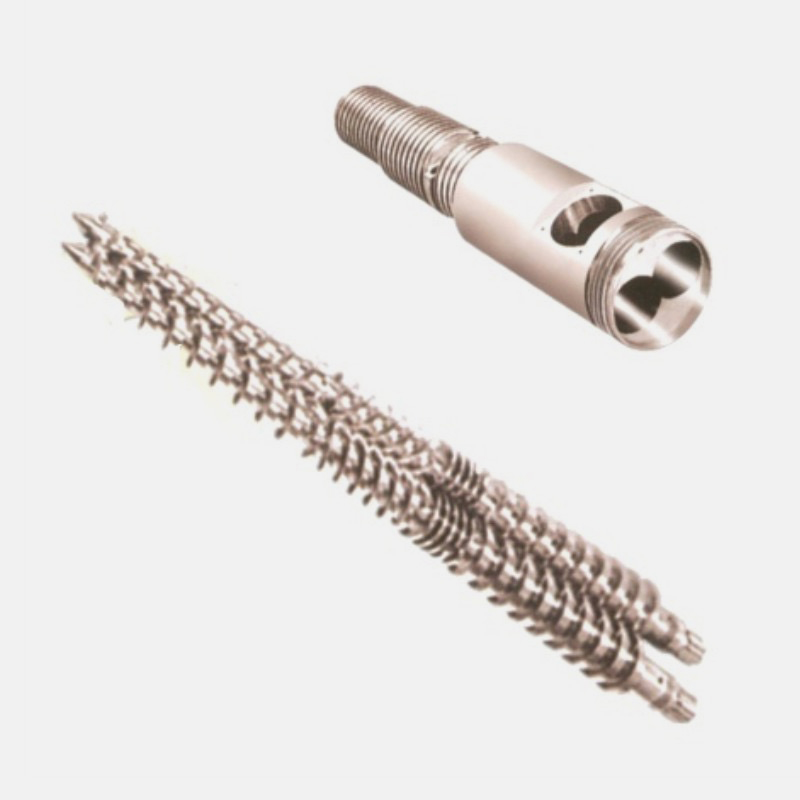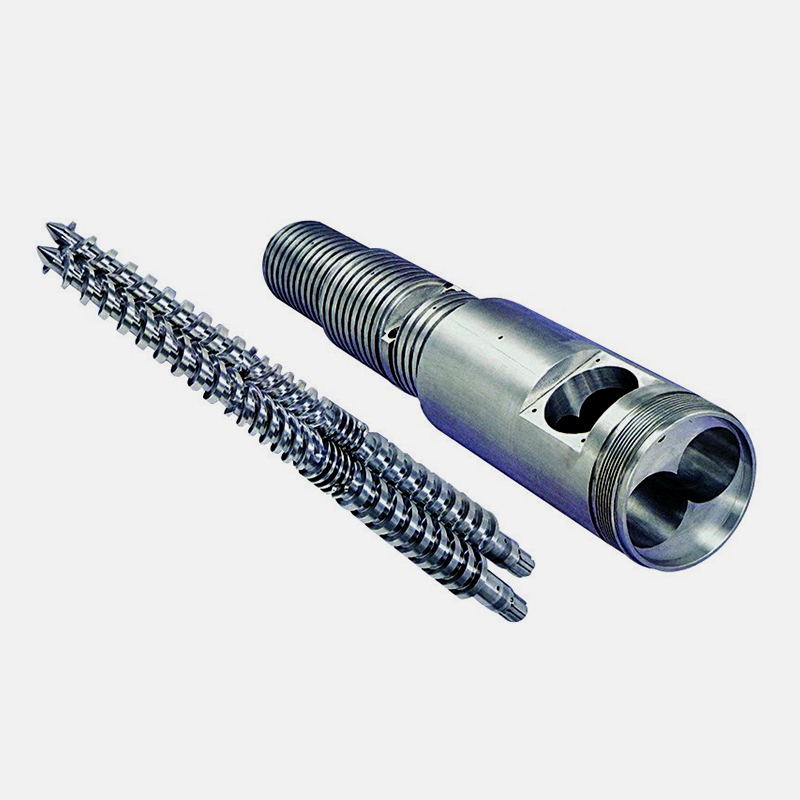First,
parallel twin-screw barrels have attracted a lot of attention in the field of extrusion processing because of the many potential advantages of their design. One of the significant advantages is that the parallel twin-screw barrel allows more processing steps within a relatively short barrel length compared to a conventional single-screw barrel. This means that raw materials can be processed, mixed and extruded faster, effectively shortening the production cycle. This has a clear competitive advantage for manufacturers who need to deliver orders quickly or pursue efficient production.
Second, parallel twin-screw barrels typically have larger screw diameters and higher pitches. This increases the volume of each screw, allowing more material to be processed in the same amount of time. This capability is especially important for industries with high-volume needs, as it can significantly increase hourly output and reduce production costs per finished product.
In addition, parallel twin-screw barrels generally have better temperature control capabilities. During extrusion processing, proper temperature control is critical for melting and mixing of raw materials. Due to the design features of the parallel twin-screw barrel, the temperature in different zones can be more precisely controlled, resulting in faster melting and mixing and less downtime in production. This is crucial for a stable production rhythm and assurance of finished product quality.
However, it should be pointed out that parallel twin-screw barrels do not provide a significant increase in productivity in all cases. The nature of raw materials, the setting of processing parameters, the quality of barrel design, etc. will all affect the actual production effect. In addition, differences in requirements across industries and application areas need to be taken into account. Before a parallel twin screw barrel is introduced, it must be thoroughly analyzed, tested and validated to ensure that it will indeed meet the intended production needs.

 English
English 简体中文
简体中文 España
España عربى
عربى
